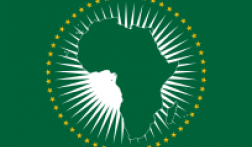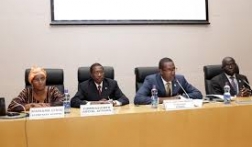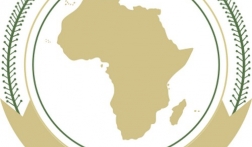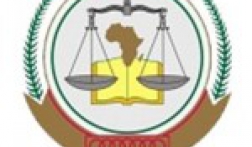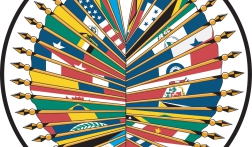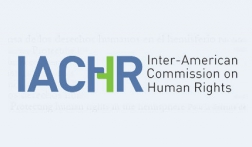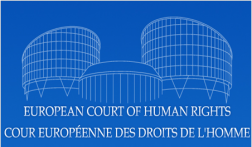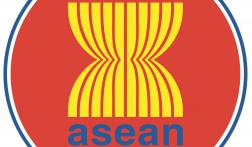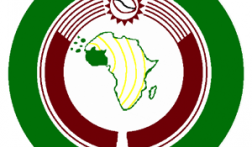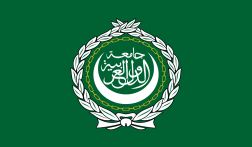What are regional human rights mechanisms?
Regional human rights systems were developed to reflect regional values and offer a more specific framework than the UN system. Such a framework can resonate more strongly with local realities and allow for different approaches to enforcing standards.
Unlike the UN system, some regional human rights systems (e.g. both the Inter-American and the African) spell out the duties that individuals have to society, as well as their rights.
There are numerous regional human rights bodies around the world, and this guide attempts to introduce the main ones for children’s rights detailed below. These pages offer the following information:
-
Introductions to each of the mechanisms - what are they, what do they do on children’s rights, and examples of how to use them for children’s rights advocacy
-
Examples of successful cases
-
Glossaries of key terms for each regional system.
What do they do on children’s rights?
The regional systems provide varying degrees of protection for children’s rights: some have specific instruments and mechanisms to challenge breaches; others rely on a monitoring body to interpret how a particular treaty applies to children’s rights. Where there are gaps in the protection of rights, all three regional systems may draw on the UN or other regional systems to interpret how the provisions of human rights instruments apply to children.
States which violate or fail to protect children’s rights can be held to account at a national, regional or international level. Complaints can be brought before some regional human rights bodies if the complainant has exhausted all avenues available to them in the domestic courts or have been prevented from seeking justice. The legal complaints section of our website has more information on this.
We are adding to this guide as we develop our regional children’s rights monitoring and research work, so please email us with any feedback or further information on regional mechanisms.

